#Constantine the Great
Text

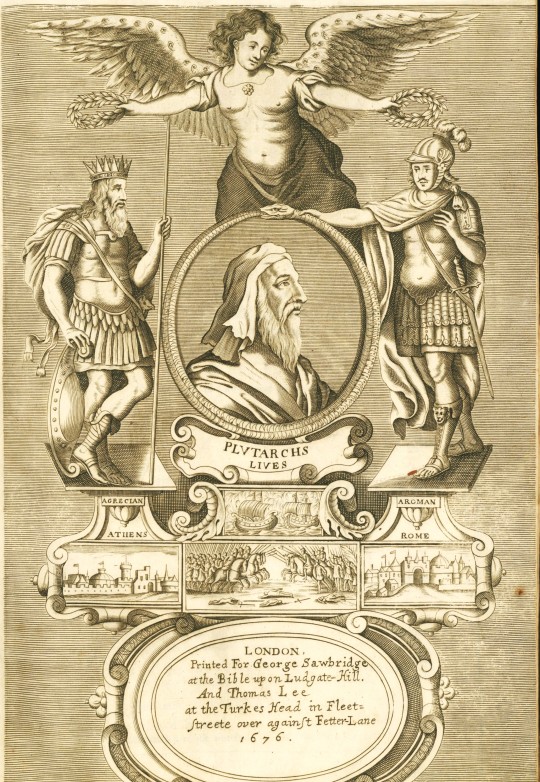

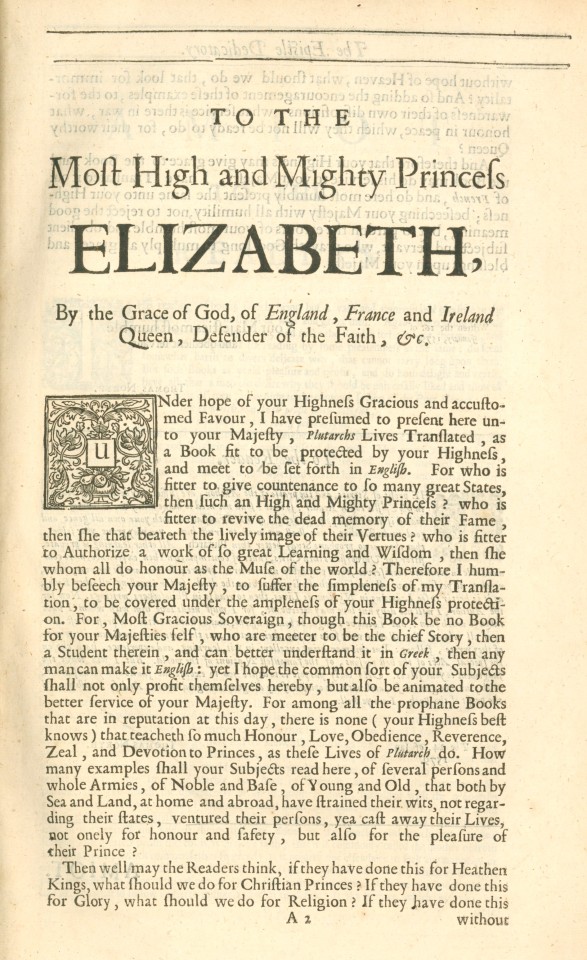



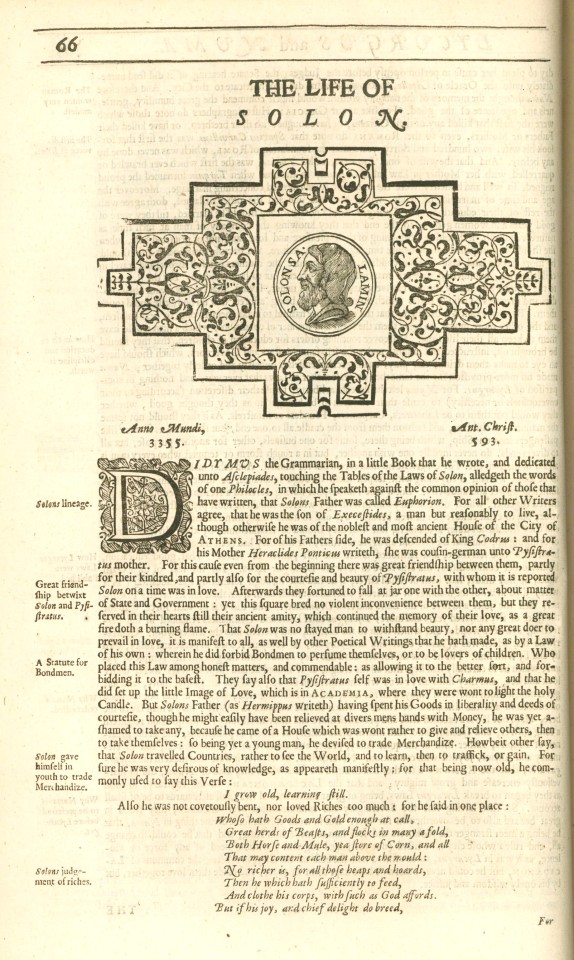

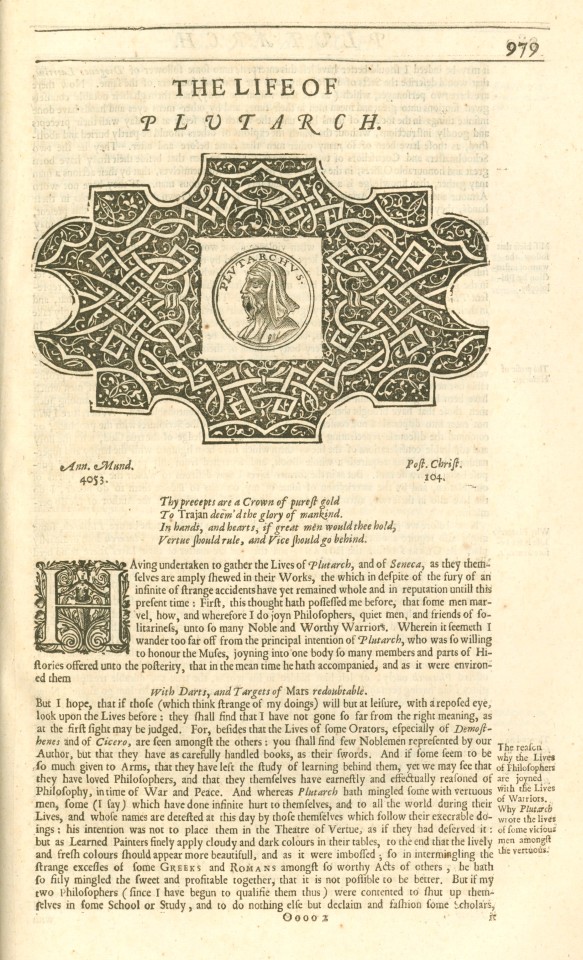
Classic Profiles
This is a 1676 edition of The Lives of the Noble Grecians and Romans, compared together by the 1st-century BCE Greek philosopher and historian Plutarch of Chaeronea, printed by the printer to the University of Cambridge John Hayes for the bookseller George Sawbridge. Originally written in Greek, Plutarch's Lives appeared in print for the first time as a Latin translation in 1470, and this English translation by Sir Thomas North was first published in 1579 from a French translation by James Amiot (Jacques Amyot). The text is a collection biographies of famous Greeks and Romans, including Alexander the Great, Pericles, Tiberius Gracchus, and Cicero. These figures left an indelible mark on history, their lives and achievements shaping the world as we know it.
Sir Thomas North (1535 – c. 1604) was an English translator and lawyer significantly contributing to English literature. His translation of Plutarch's Lives served as the primary source text for William Shakespeare's Roman plays, a testament to his work's enduring influence. This translation is regarded as one of the earliest examples of exceptional English prose. It was followed by another edition in 1595, which included updated biographies. A third edition of North's Plutarch was published in 1603, including even more translated Parallel Lives and a supplement of other biographies.
Jacques Amyot (1513-1593), a French scholar, writer, and translator, made substantial contributions to the field of translation and literature. His work on the translation of Plutarch's Lives (1559-1565) was instrumental in shaping the literary landscape of his time and laid the foundation for future translations and interpretations of Plutarch's work.
The first edition of this book was dedicated to Queen Elizabeth I. This dedication reflects the book's significance and provides a glimpse into the political and cultural landscape of the time, adding another layer of depth to the reader's understanding. Plutarch’s Lives helped shape the understanding of the classical Greek democracies and oligarchies of the Roman Republic and the role attributed to their founders—among them the legendary Lycurgus of Sparta and the Athenian lawgiver Solon.
-Melissa, Special Collections Classics Intern
View other Classics posts
#classics#greek posts#greece#roman#cambridge#plutarch#ancient greece#roman republic#alexander the great#lycurgus#solon#queen elizabeth i of england#biography#sappho#constantine the great#pericles#Thomas North#James Amiot#Jacques Amyot#John Hayes#university of cambridge
111 notes
·
View notes
Text

The Triumph of Rome: The Youthful Emperor Constantine Honoring Rome by Peter Paul Rubens, unused design for a series of tapestries about Constantine commissioned by King Louis XIII of France
Flemish, c. 1622-1623
oil on panel
Mauritshuis, The Hague
#triumph#Ancient Rome#Emperor Constantine#Constantine I#Constantine the Great#history painting#art#painting#Flemish#baroque#Peter Paul Rubens#Rubens#Mauritshuis
103 notes
·
View notes
Text

Modern Digital Reconstruction of Constantine the Great.
Constantine the Great, born in 272 AD, rose to prominence as a Roman Emperor.
His reign, beginning in 306 AD, marked a transformative period in Roman history.
Constantine is renowned for embracing Christianity, a shift that played a role in ending the persecution of Christians with the Edict of Milan in 313 AD.
While Constantine did not specifically establish Christmas, his influence on Christianization of the Roman Empire laid the groundwork.
The exact origins of Christmas on December 25th are complex and not directly attributed to Constantine.
The date may have been chosen to coincide with existing pagan festivals or to integrate Christian celebrations with the Roman solar festival of Sol Invictus.
Constantine's role in promoting Christianity, however, contributed to the broader cultural shift that influenced the eventual establishment of Christmas as a Christian holiday, emphasizing the significance of his reign in the development of Christian traditions.
📷: ©King Chronicles
16 notes
·
View notes
Text
Constantine I’s succession plan is like when a parent tells their children “Alright now be good to each other” but the second the parent leaves the room they start fighting
13 notes
·
View notes
Photo

Serpentine Column (from the Plataean Tripod), Delphi, Greece, 478 BC | relocated at the Hippodrome of Constantinople by Constantine the Great in 324 (drawing from the Freshfield Album, 1574)
VS
Jasper Morrison, Coat Stand, 1987
#serpentine column#column#Serpent Column#snake#delphi#greece#ancient greece#archaeology#greek archaeology#bronze#sculpture#Constantinople#Constantine the Great#roman#roman archaeology#ancient rome#Freshfield Album#jasper morrison#design#contemporary design#coat stand#stand
63 notes
·
View notes
Text

Constantine the Great from the Synopsis of Histories (Eastern Mediterranean, 1574), British Library, Harley MS 5632, f. 2v
[Robert Scott Horton]
* * * *
“Power resides only where men believe it resides. [...] A shadow on the wall, yet shadows can kill. And ofttimes a very small man can cast a very large shadow.”
― George R.R. Martin, A Clash of Kings
#Constantine the Great#history#British Library#Robert Scott Horton#quotes#George R.R. Martin#A Clash of Kings#power
7 notes
·
View notes
Text
Sometimes coin hoards weren't buried for safety, to be retrieved later. This coin hoard might have been one of those.
104 notes
·
View notes
Text

Emperor Constantine I with his mother, St. Helena, holding the True Cross
Unknown author
#Finding of the True Cross#St. Helena#Finding of the Holy Cross#326 AD#May 3#roman catholic#catholic#Eastern Catholic#byzantine catholic#Constantine the Great
84 notes
·
View notes
Text

5 notes
·
View notes
Photo


Walther von der Vogelweide, I Saw the World: Sixty Poems
If I could add to this something that can also be known but that cannot be given in a lecture to an audience as large as this, you would see that it was precisely through a later reincarnation of Judas that the fusion of the Roman with the Christian element occurred. The reincarnated Judas was the first who, as we might say, had the great success of spreading Romanized Christianity in the world. The treaty concluded by the Judas of the Old Testament with the Romans was the prophetic foreshadowing of what was later accomplished by another man, who is recognized by occultists as the reincarnation of that Judas who had to go through the severe soul-testing of the betrayal. What through his later influence appears as Christianity within Romanism and Romanism within Christianity is like a renewal of the alliance concluded between the Old Testament Judas and the Romans, but transferred into the spiritual.
—Rudolf Steiner, The Gospel of St. Mark: Lecture II
You will remember an important event from history when Constantine, son of Constantius Chlorus, defeated Maxentius and thus introduced Christianity externally into the mainstream of Western civilization. Constantine had to fight that important battle against Maxentius so that he could establish Christianity in his western empire as the official religion. Had this battle not taken place as it did, the entire map of Europe would have been different. But this battle really was not decided by military skill, that is, not by the intellectual prowess available to people in those days, but by something entirely different. Maxentius consulted the so-called Sibylline Books, the prophetic oracles of Rome, which guided him into leading his army out of the assured safety of Rome's walls into the open field, in order to confront Constantine's army. Constantine, on the other hand, had a dream before the battle in which he was told, “If you approach Maxentius under the banner of the Mystery of Golgotha you will reach a great objective!” Indeed, Constantine carried the symbol of the Mystery of Golgotha — the cross — when he led his forces into battle, even though his army was three-fourths smaller than that of Maxentius. Enthused by the power emanating from the Mystery of Golgotha, Constantine won that historical battle resulting in the external introduction of Christianity to Europe. When we realize the extent to which people in those days understood the Christ impulse purely by intellectual means, it is not surprising to find that there ensued an endless theological quarrel. People argued whether or not Christ was consubstantial with the Lord in all eternity, and so on. Let us say this, that the degree of knowledge of the Christ impulse available to human beings in those days is not important, but rather the fact that the Christ impulse was present and that through his dream it guided Constantine to bring about what had to happen. What is important is the actuality of the Christ and His real and visibly active power. Only in the science of the spirit do we begin to understand what the Christ impulse is.
—Rudolf Steiner, Christ In Relation To Lucifer and Ahriman (GA 159)
#Walther von der Vogelweide#Constantine the Great#Judas Maccabees#Judas Iscariot#anthroposophy#spiritual science
3 notes
·
View notes
Text

0 notes
Text
Eusebius

View On WordPress
0 notes
Text
Constantine the Great
In 313 AD, Constantine issued the Edict of Milan, which granted religious tolerance to Christians. They were now free to worship in public without being thrown to Lions!
10 things you might not know about Constantine the Great:
0 notes
Text
If the Trinity of Persons is False, Why did God Allow it to Prevail in the Christian Church?
In a question on Christianity StackExchange here, a user asks:
According to non-Trinitarians, if God’s nature is not adequately portrayed by trinitarian theology, then why did God allow such an erroneous understanding of His nature to become so widespread among the members of the Church, the Bride of His Son? If God has the power and the prerogative to intervene in historical events, then why…
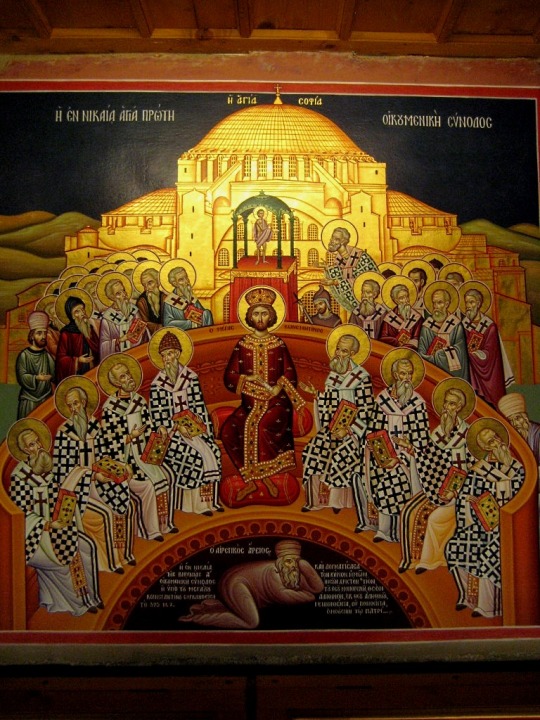
View On WordPress
#Arianism#Christianity#Constantine#Constantine the Great#Council of Nicaea#doctrine of the Trinity#Peter#the Trinity#Trinity#Trinity of Persons
1 note
·
View note
Text
The fucking audacity lmao

#this isn’t even the first time he pretended he wasn’t responsible for something he definitely was responsible for#constantine the great#maximian#ancient rome#roman empire#roman history#tw suicide
5 notes
·
View notes
